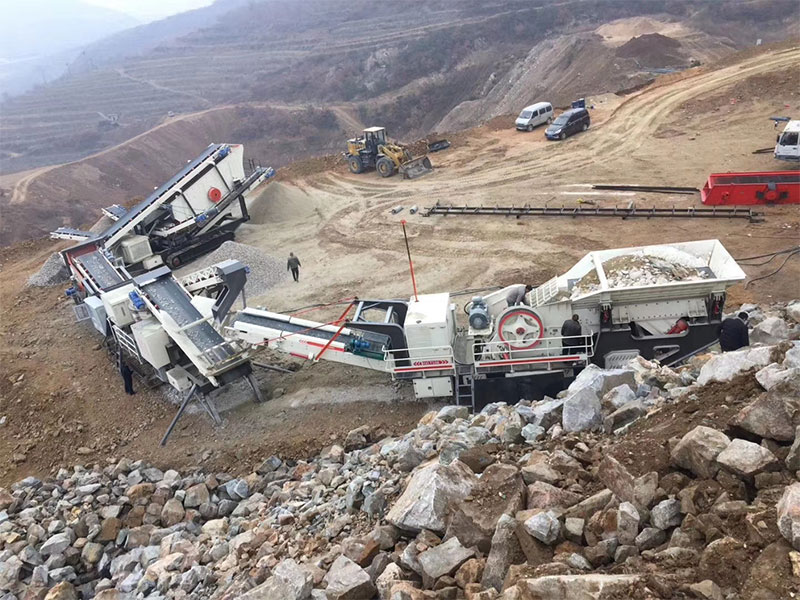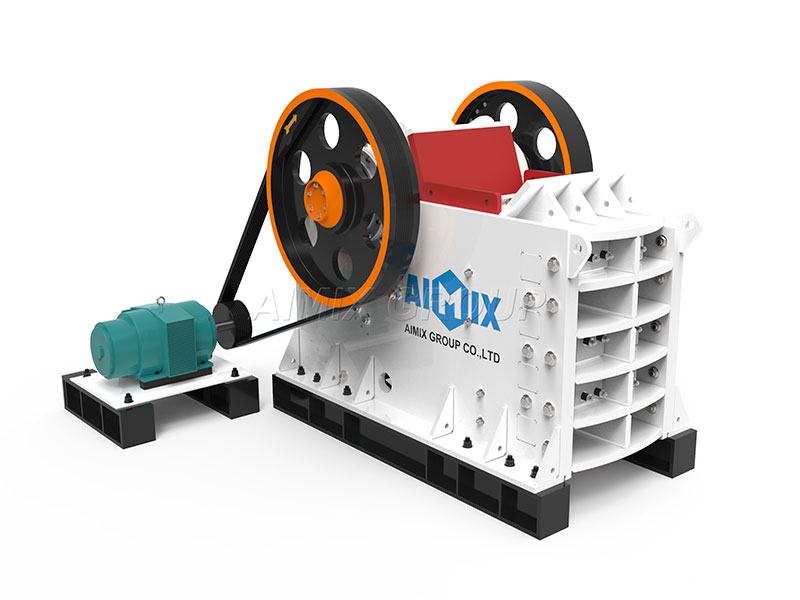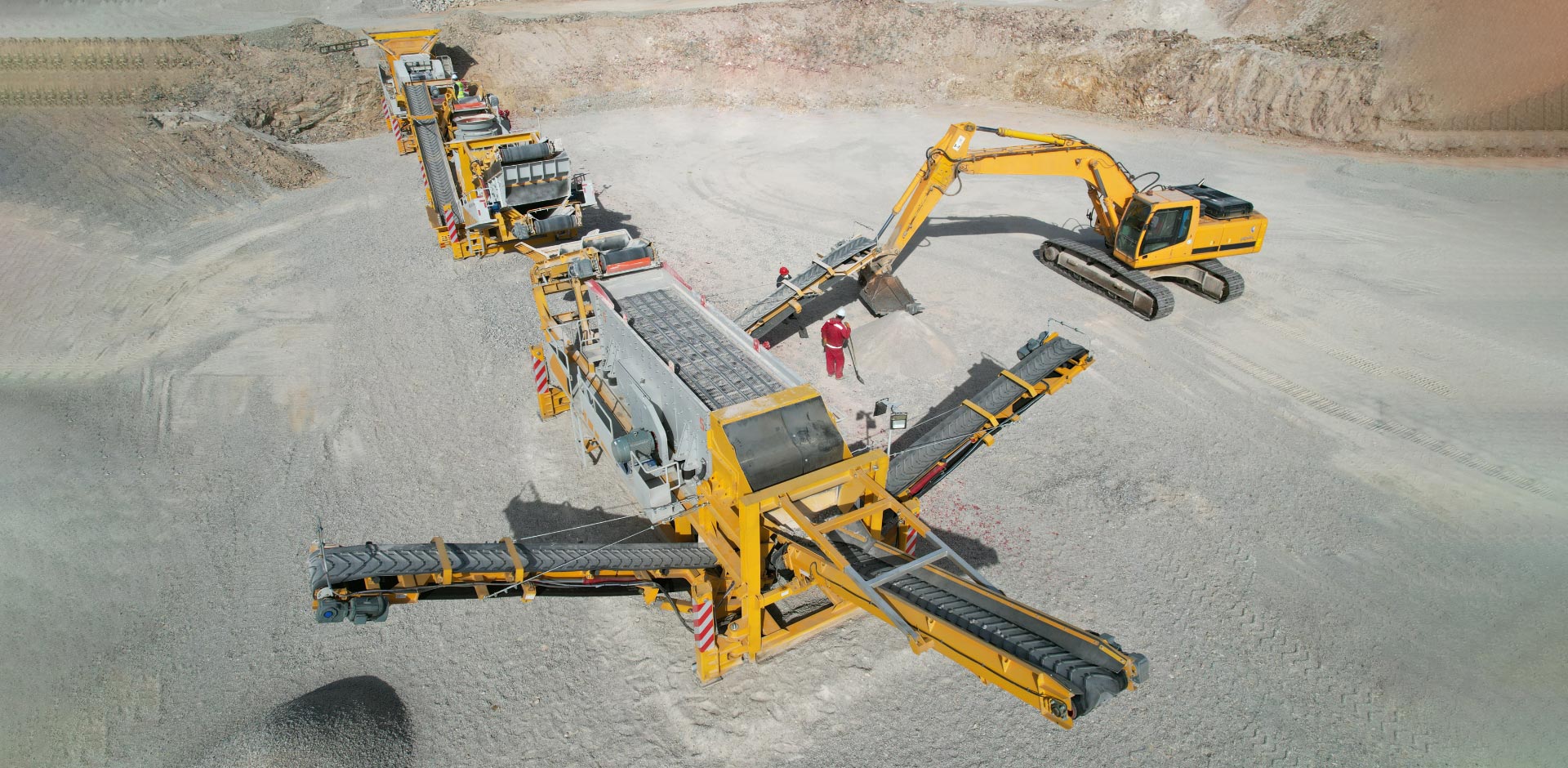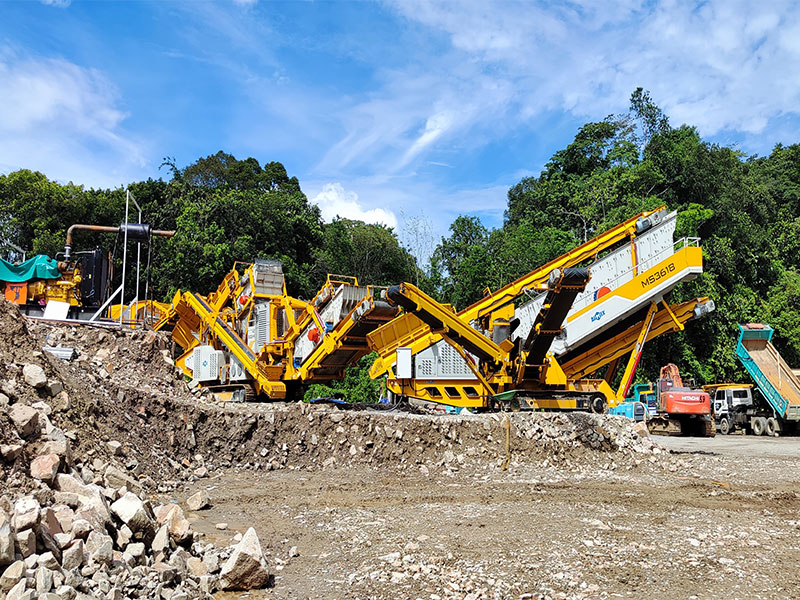Stone crushing plants play a vital role in the construction industry, providing the raw materials needed for various infrastructure projects. From roads and bridges to buildings and railways, the process of turning large rocks into usable aggregates is essential for modern society’s development.
The Quarry: Sourcing Raw Materials
The journey begins at the quarry, where large deposits of rocks, minerals, and stones are extracted from the earth. These raw materials typically include limestone, granite, basalt, and other types of rock. The selection of the quarry location is crucial, as it determines the quality and availability of the stone aggregates.

Extraction: Quarrying involves the removal of overburden (soil, vegetation, and loose rock) to access the desired stone deposits. Heavy machinery such as bulldozers and excavators are used to excavate the stone blocks.
Drilling and Blasting: In some cases, drilling and controlled blasting may be necessary to break up large rock formations into manageable sizes.
Transportation: Once extracted, the raw materials are transported from the quarry to the stone crusher plant. This may involve the use of dump trucks, conveyor belts, or other transportation methods.
The Crusher: Transforming Raw Materials
Upon reaching the stone-crushing plant, the raw materials go through a series of processes to transform them into usable aggregates. The primary equipment in this process is the jaw stone crusher, which reduces the size of the raw materials to the desired specifications.

Feeding and Hopper: The raw materials are fed into the crusher’s hopper, where they are evenly distributed for processing. Vibrating feeders or conveyors help maintain a consistent flow.
Primary Crusher: The first stage of crushing typically involves the use of a primary crusher. This machine is designed to break down large rocks into smaller pieces. Common types of primary crushers include jaw crushers, gyratory crushers, and impact crushers.
Secondary Crusher: Some stone-crushing plants include a secondary crusher to further reduce the size of the aggregates. Secondary crushers can be cone crushers, roll crushers, or impact crushers, depending on the desired final product.
Screening: After crushing, the material passes through screens or sieves to separate it into different sizes of aggregates. This step ensures that the final product meets the required specifications.
Washing (Optional): In some cases, stone aggregates proceeded by the aggregate crusher plant may undergo a washing process to remove impurities and improve their quality. This is especially common for sand and gravel production.
The Final Product: Ready for Construction
Once the raw materials have been processed through the mobile crushing plant, they are now in the form of aggregates ready for use in construction projects. These aggregates are categorized based on their size and intended application, which can include:
Base Course Material: Larger aggregates are used for road bases and foundation layers.
Fine Aggregates: Smaller particles are used in concrete and asphalt production.
Riprap: Large stones used for erosion control and shoreline protection.
Railroad Ballast: Specifically sized aggregates used beneath railroad tracks.
Conclusion
Stone crushing plants are essential components of the construction industry, providing the building blocks for infrastructure projects around the world. From quarries to crushers, the journey of raw materials undergoes several stages to produce high-quality aggregates that meet construction standards. Understanding how stone crushing plants work is fundamental to ensuring the durability and safety of the built environment. As technology continues to advance, these plants are becoming more efficient, eco-friendly, and capable of producing a wider range of materials for the ever-evolving construction industry.

